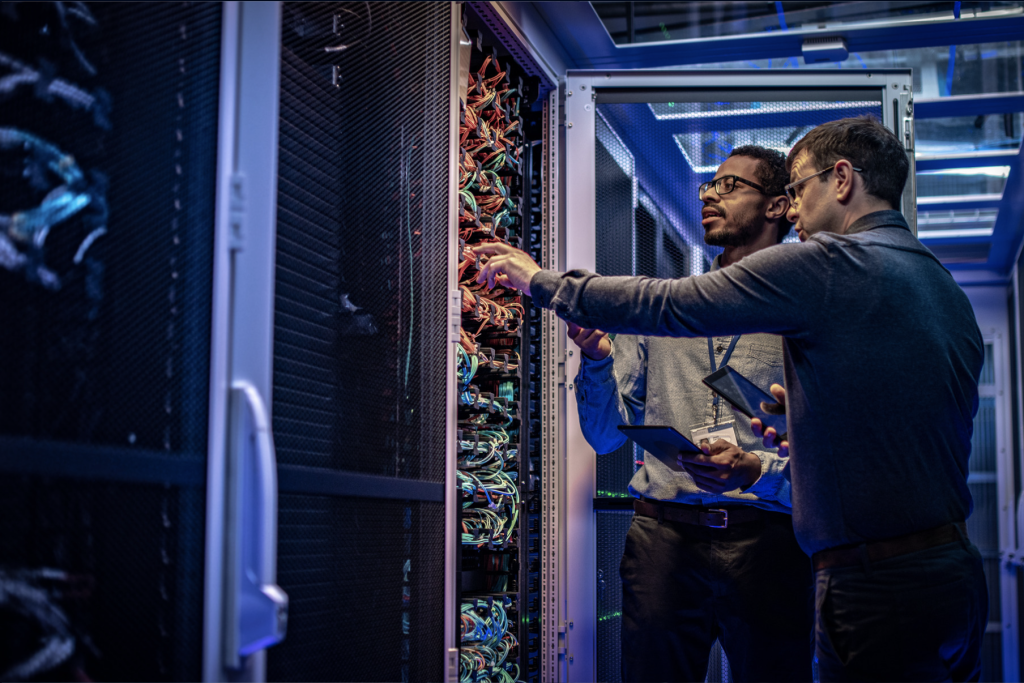A slow network can be frustrating and can negatively impact your business.
To diagnose the root cause of a slow network, Intelair follows a strategic approach that involves understanding three important factors before providing solutions: the impact of slow network, the networks design and the users feelings. Here’s how we do it.
We understand the impact
First, we ask business questions to understand the impact of the slow network.
Depending on the impact, we determine the necessary solution and investigation. For example, if the business is losing $1 million a day in lost sales, we may need to install a new temporary high-performance network while we troubleshoot the root cause. On the other hand, if the business is losing $1 million a year in lost employee productivity, we may need to install monitoring software and start an in-depth root cause analysis.
We understand the networks and systems design

Next, we talk to the top technical resources in the organization, such as architects and engineers, to understand the design of the network and systems and how they are built to perform. The network design should include performance targets, such as the number of interconnected buildings, the number of concurrent users, the number of Input/Output operations per second, and the number of remote workers. These performance targets help us analyze the network’s performance and determine if it is meeting, exceeding, or missing these targets.
We understand users feelings

We also talk to the end-users to understand their feelings on the “slowness.” The word “slow” is subjective and can mean different things to different people, making it harder to diagnose the root cause of the slowness. However, the end-users have a unique input on network performance, and the nuances in their feelings can reveal where the problem lies.
For example, if an employee says, “I click on a button and it waits and I go make myself another coffee,” we may ask, “How do you know it waits? What tells you that? How long typically? 5 minutes or 30 seconds?” The employee may respond, “Oh, I know it waits because the whole screen goes white for 5-10 seconds.” This information allows us to determine that the slowness is likely caused by database queries that are taking longer than normal to process.
We troubleshoot and find a solution
In conclusion, a network can be composed of many interconnecting moving parts, and it is essential to narrow down which component is not performing as expected. Troubleshooting slow networks requires collaboration from multiple IT teams and experts, such as server experts, storage experts, firewall experts, and database experts.
Intelair’s strategy for diagnosing slow networks involves asking business questions, talking to technical resources and end-users, and analyzing performance targets to determine the root cause of the problem.
